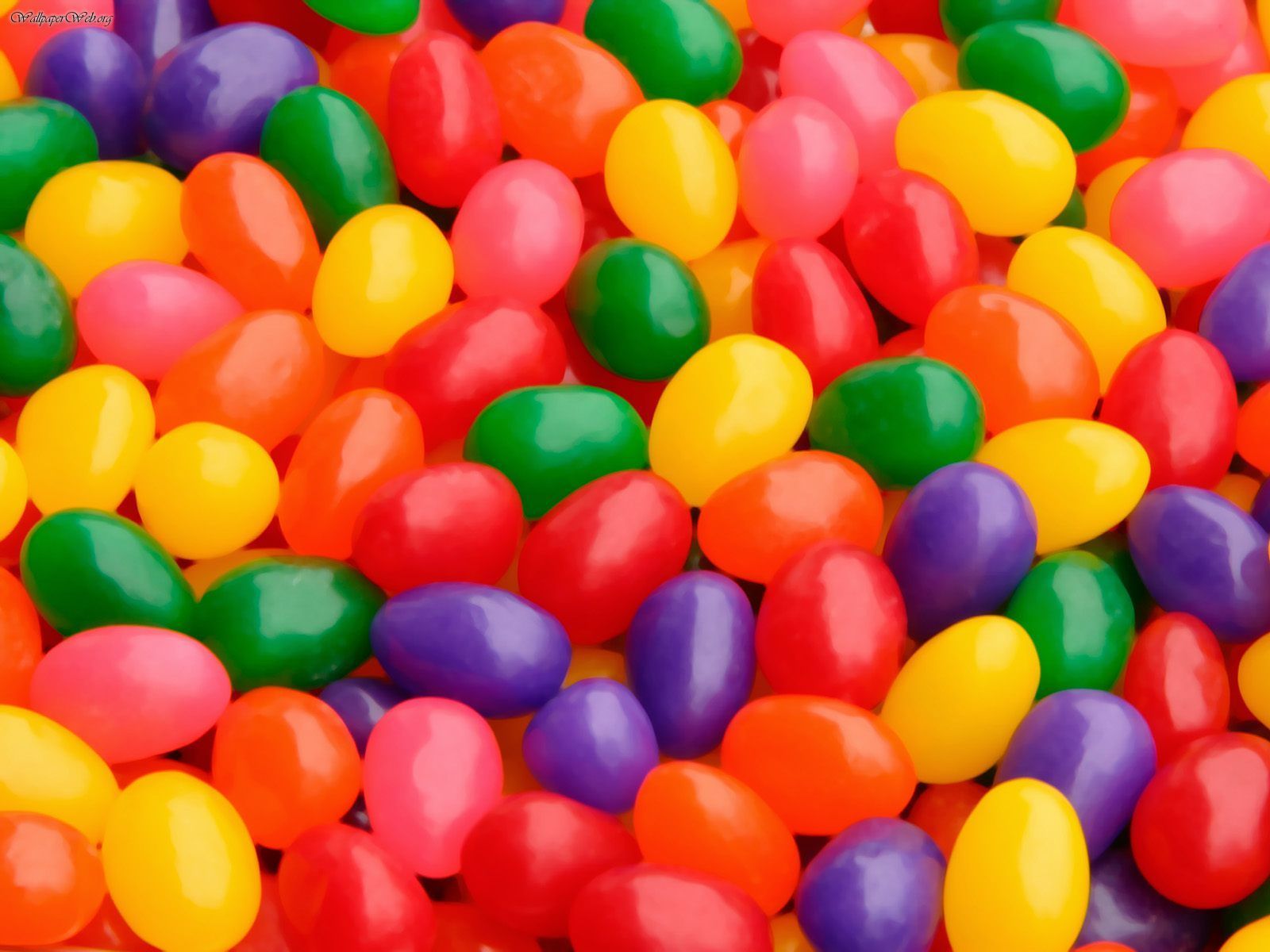Jellybeans have captured the hearts of candy lovers around the globe with their vibrant colors and delightful flavors. This chewy confectionery has a rich history and a fascinating production process that many may not be aware of. In this article, we will explore everything there is to know about jellybeans, from their origins and types to fun facts and nutritional information. Whether you're a long-time fan or new to the jellybean world, there's something here for everyone.
Throughout the years, jellybeans have evolved from a simple treat to a cultural phenomenon, becoming a staple in various celebrations, holidays, and even as a decorative element. As we delve deeper into the world of jellybeans, we will uncover their fascinating journey from production to the candy aisle, illustrating how they became a beloved snack for all ages.
So, grab your favorite jellybean flavor and join us as we embark on this sweet exploration of jellybeans, learning about their history, types, and much more. By the end of this article, you'll be equipped with all the knowledge needed to appreciate these colorful treats even more!
Table of Contents
- 1. The History of Jellybeans
- 2. Types of Jellybeans
- 3. The Production Process
- 4. Popular Jellybean Flavors
- 5. Nutritional Information
- 6. Fun Facts About Jellybeans
- 7. Cultural Significance of Jellybeans
- 8. Conclusion
1. The History of Jellybeans
The origins of jellybeans can be traced back to the 1800s, where they were first introduced in the United States. Initially, jellybeans were known as "jelly bean" candies, which referred to the jelly-like center and the bean shape. The first documented mention of jellybeans was in a candy catalog in 1861, showcasing their early popularity.
During the late 19th century, jellybeans gained further traction as candy manufacturers began experimenting with various flavors and colors. By the time the 20th century rolled around, jellybeans had become a staple in American candy culture, especially during holidays like Easter.
Key Milestones in Jellybean History
- 1861: First mention in a candy catalog.
- 1930s: Jellybeans became popular as Easter treats.
- 1970: Jelly Belly introduced a new line of gourmet jellybeans.
2. Types of Jellybeans
There are numerous varieties of jellybeans available today, each offering a unique taste and texture. Some of the most popular types include:
- Classic Jellybeans: Traditional jellybeans with a chewy outer shell and a soft center.
- Gourmet Jellybeans: Premium jellybeans with a wide range of flavors and high-quality ingredients, often made by brands like Jelly Belly.
- Fruit-Flavored Jellybeans: These jellybeans mimic the taste of real fruits, offering flavors like strawberry, lemon, and orange.
- Spicy or Savory Jellybeans: Unique flavors that may include jalapeño or bacon.
3. The Production Process
The creation of jellybeans is an intricate process that involves several steps to ensure the perfect combination of flavor, texture, and appearance.
Steps in Jellybean Production
- Mixing Ingredients: The first step involves combining sugar, corn syrup, and flavoring agents.
- Cooking: The mixture is then heated until it reaches the desired consistency.
- Cooling and Molding: Once cooked, the mixture is poured into molds to shape the jellybeans.
- Coating: After cooling, the jellybeans are coated with a sugary shell to create the characteristic crunch.
4. Popular Jellybean Flavors
When it comes to jellybean flavors, the options are virtually limitless. Some of the most popular flavors include:
- Cherry
- Lemon
- Green Apple
- Watermelon
- Very Berry
Gourmet brands like Jelly Belly offer an even wider array of flavors, including unique combinations like buttered popcorn and toasted marshmallow.
5. Nutritional Information
While jellybeans are primarily a sugary treat, it's important to be aware of their nutritional content. A serving of jellybeans typically contains:
- Calories: 140-150
- Sugars: 30-35 grams
- Fat: 0 grams
- Protein: <1 gram
As with any candy, moderation is key, and enjoying jellybeans as an occasional treat can be part of a balanced diet.
6. Fun Facts About Jellybeans
Here are some fun and interesting facts about jellybeans that you might not know:
- The first jellybean was created in the United States.
- Jellybeans were one of the first candies to be marketed to children.
- The most popular jellybean flavor is reportedly buttered popcorn.
- Jellybeans have a long shelf life and can last for months if stored properly.
7. Cultural Significance of Jellybeans
Jellybeans hold a special place in many cultures, often associated with holidays and celebrations. They are particularly popular during Easter, where they are commonly used in baskets and as decorations. Additionally, jellybeans have made their way into pop culture, appearing in movies, television shows, and even as collectibles.
8. Conclusion
In conclusion, jellybeans are more than just a sweet treat; they represent a rich history and a beloved cultural phenomenon. From their origins to the various types and flavors available today, jellybeans have something to offer everyone. We invite you to indulge in these delightful candies, explore new flavors, and perhaps even share your favorite jellybean memories in the comments below!
Thank you for joining us on this sweet journey into the world of jellybeans, and we hope to see you back here for more delicious articles in the future!




